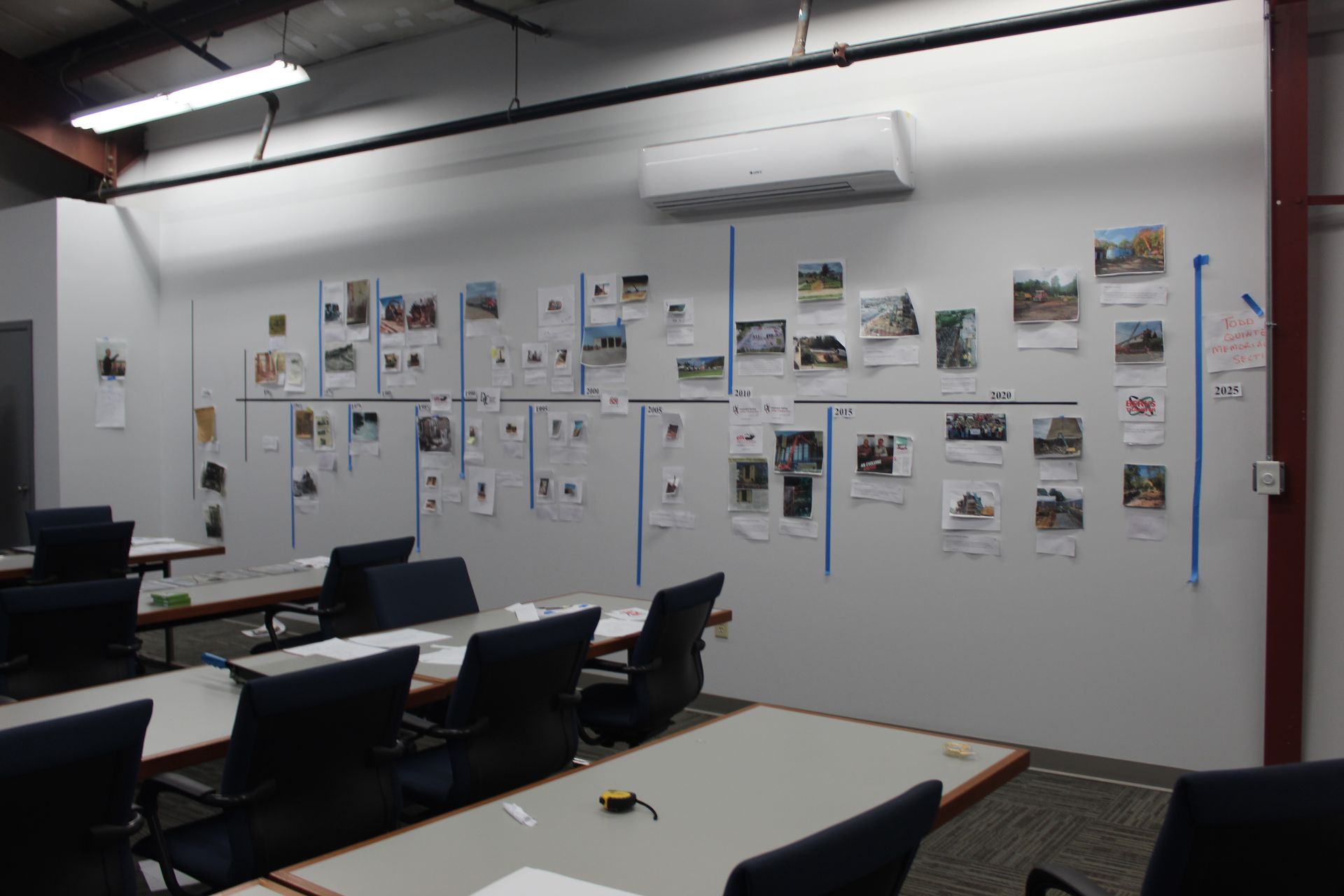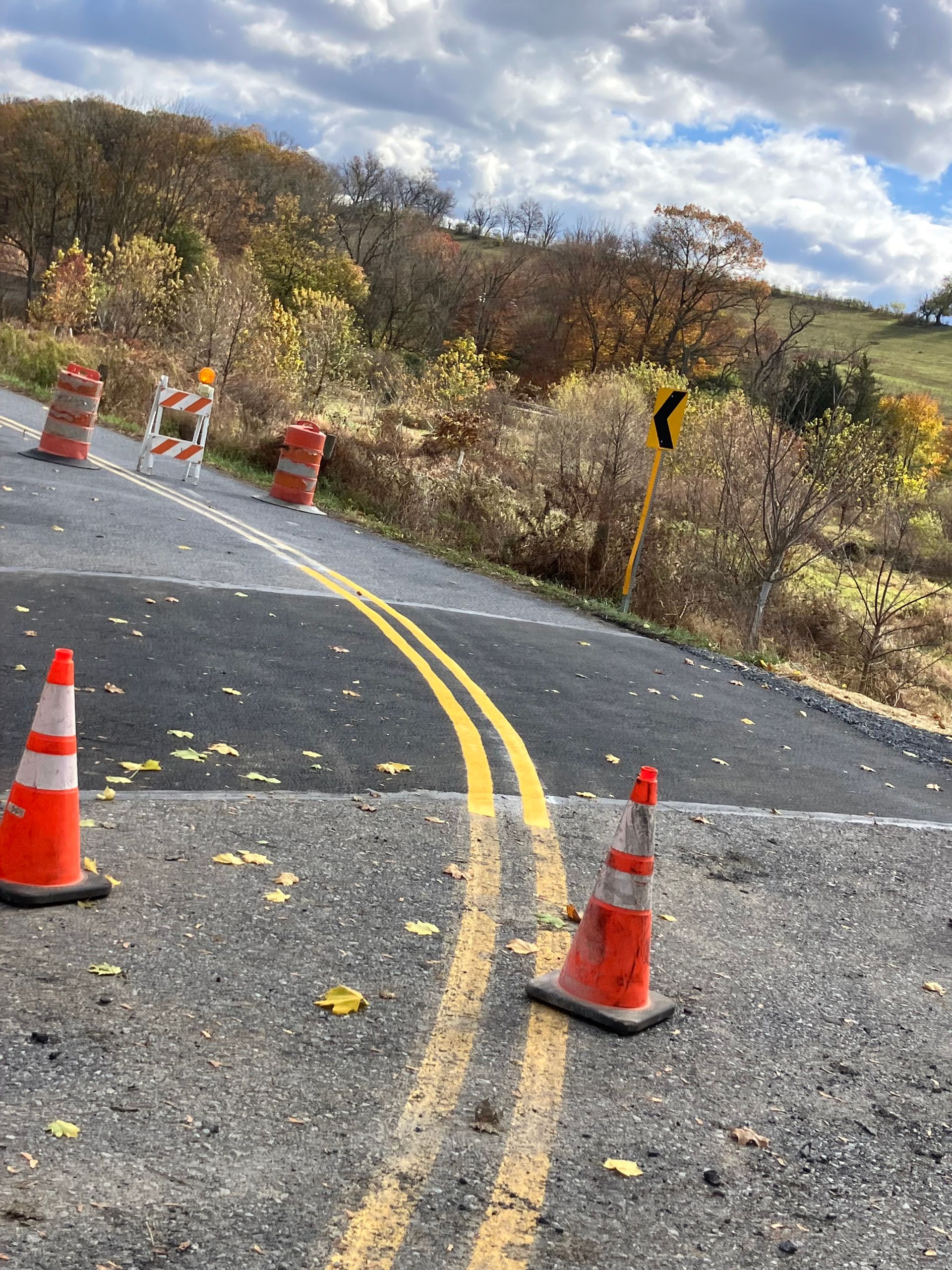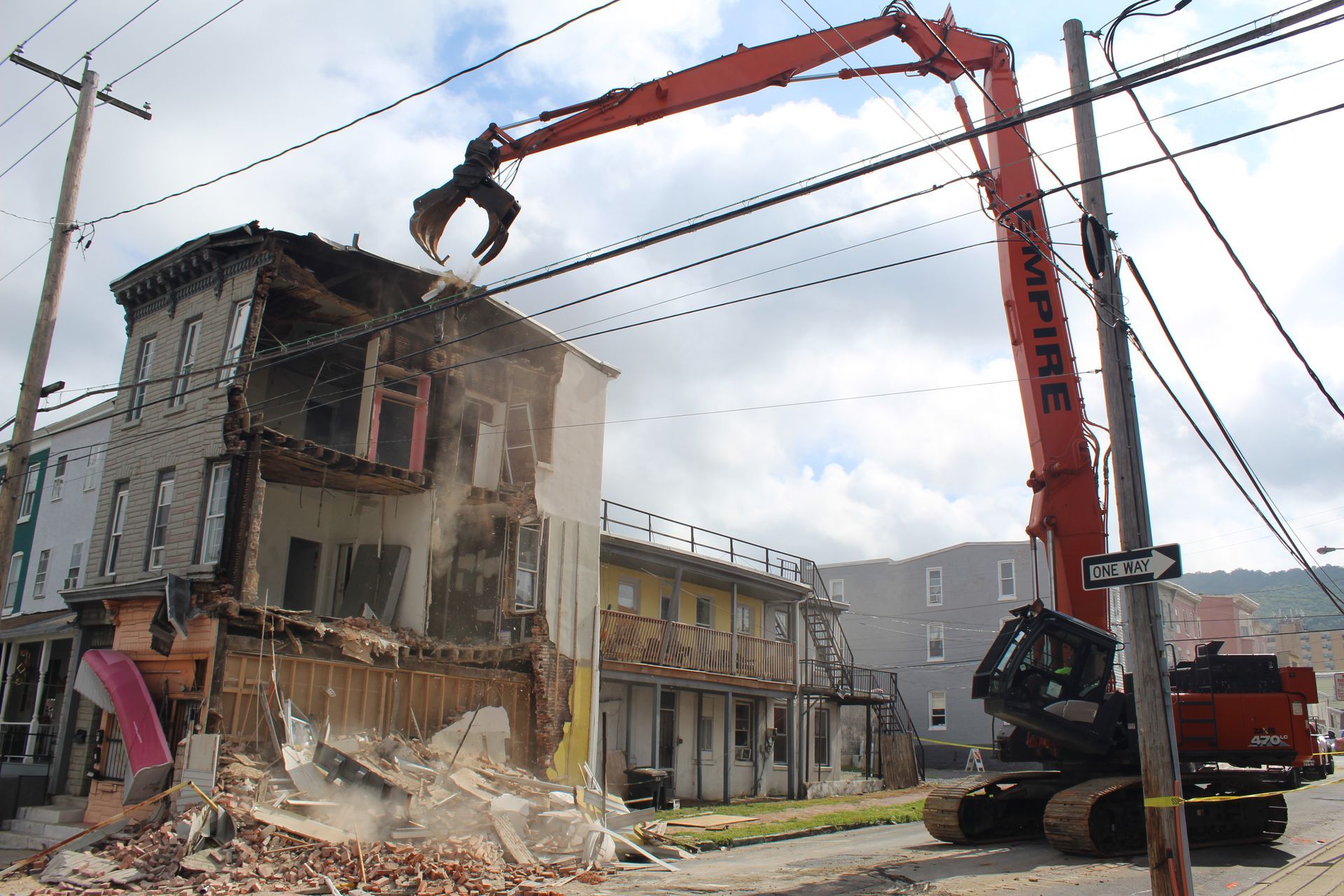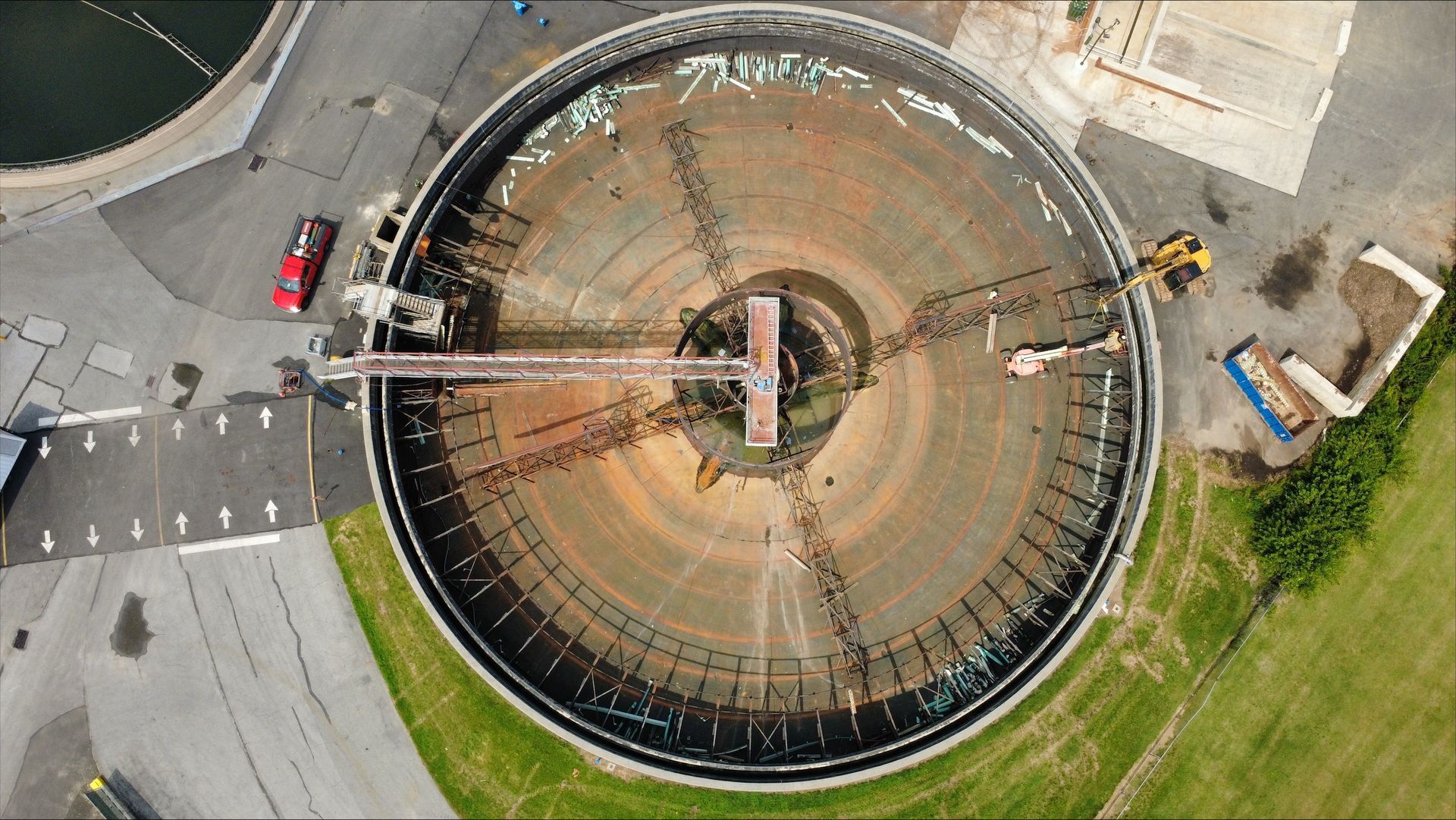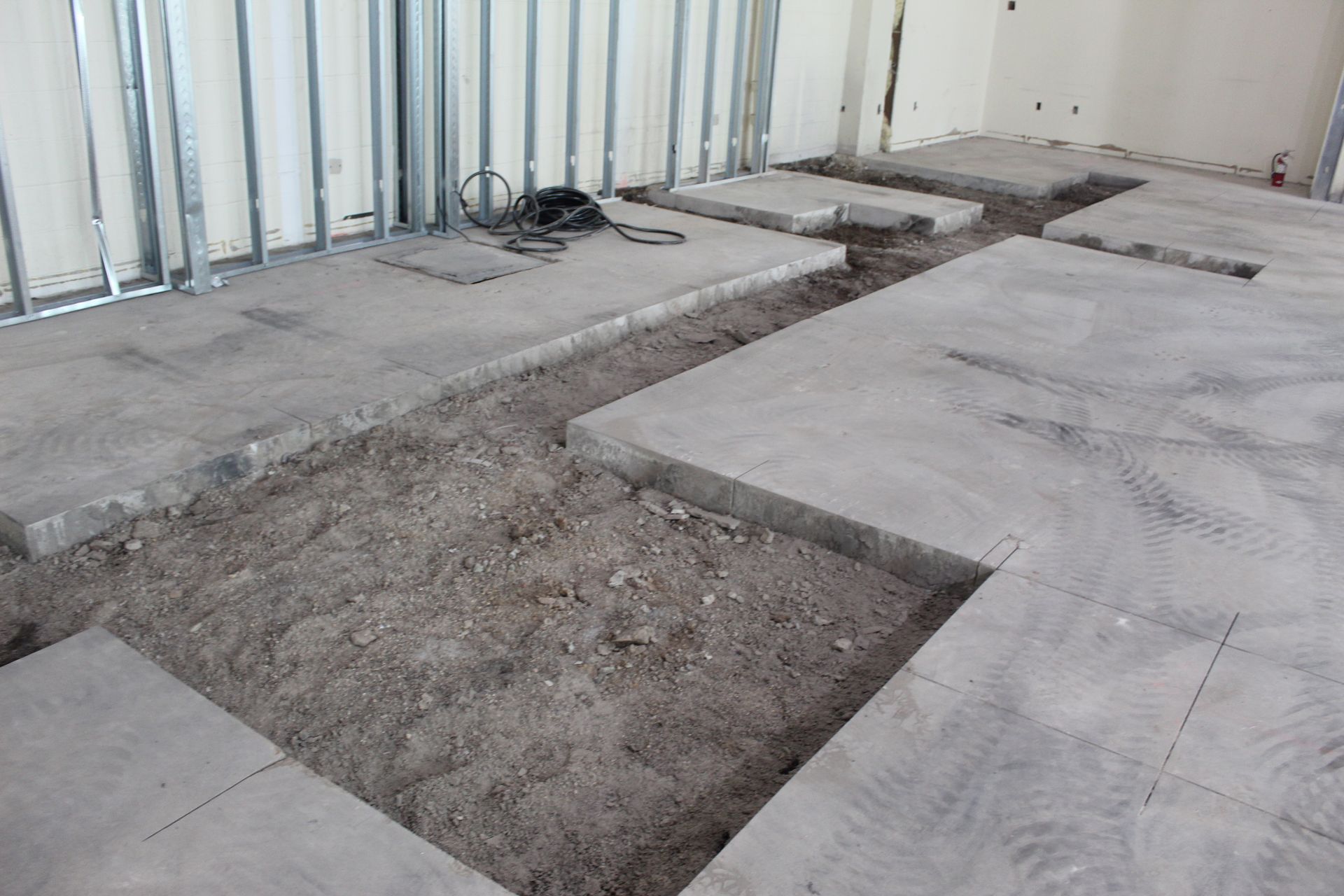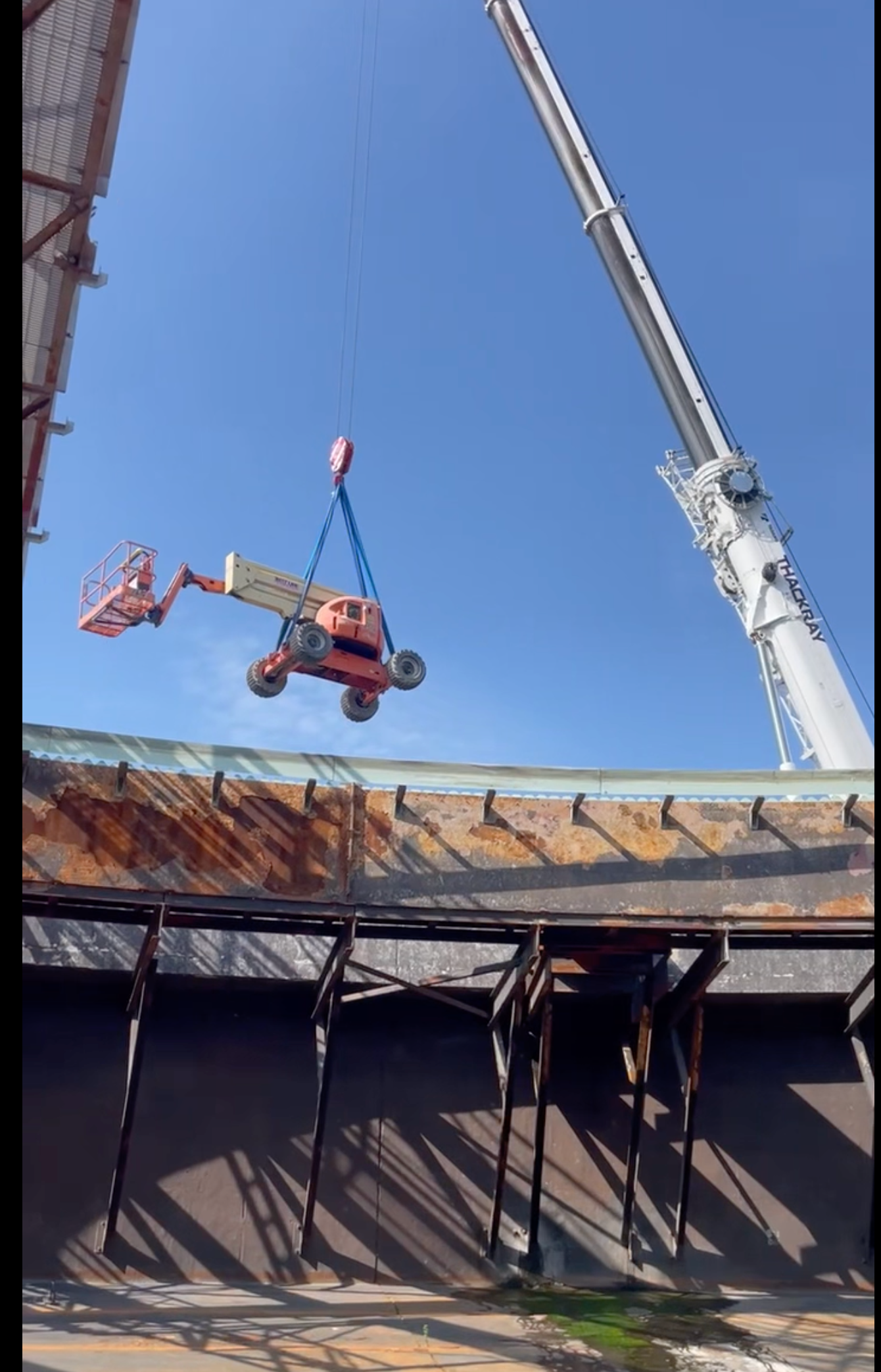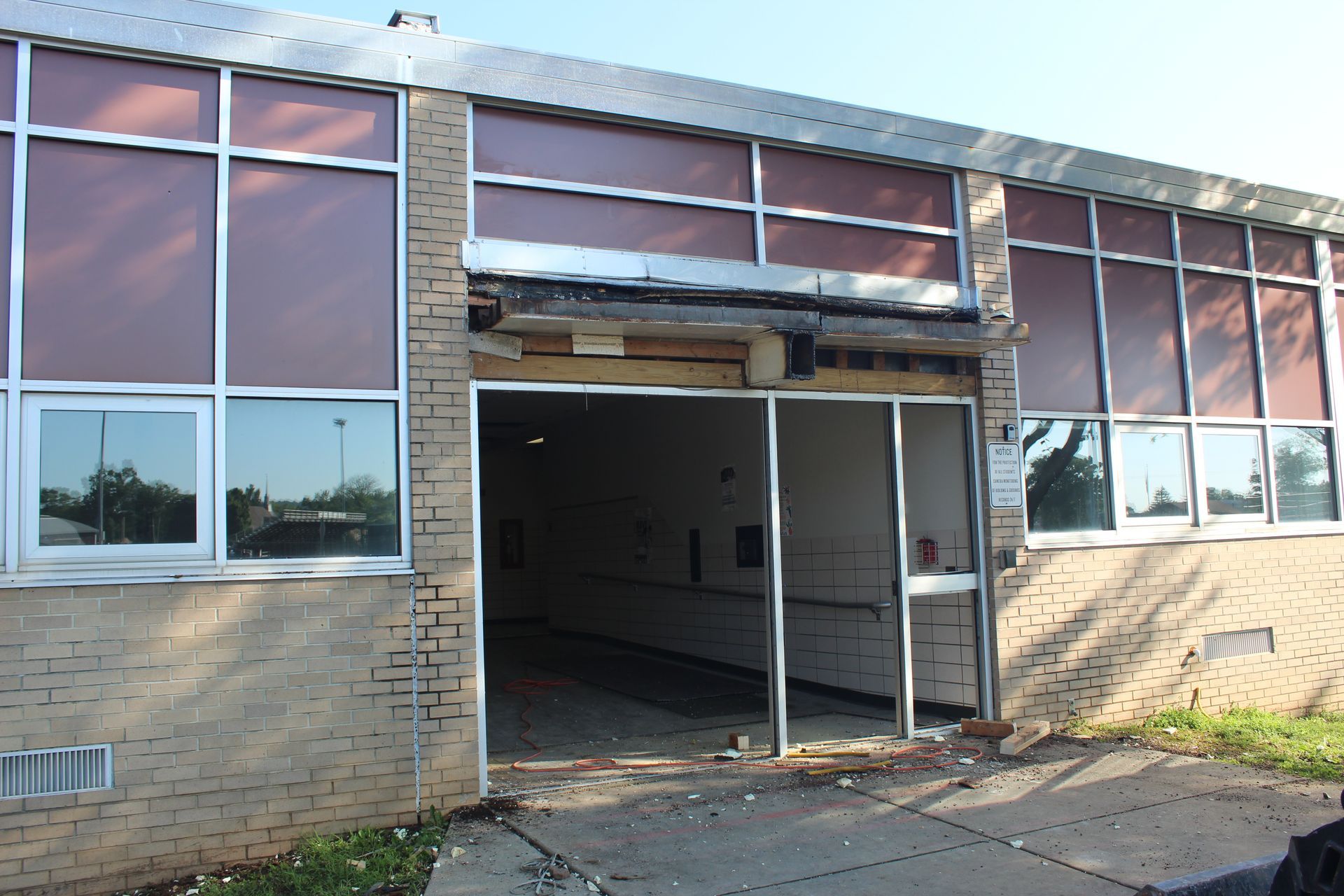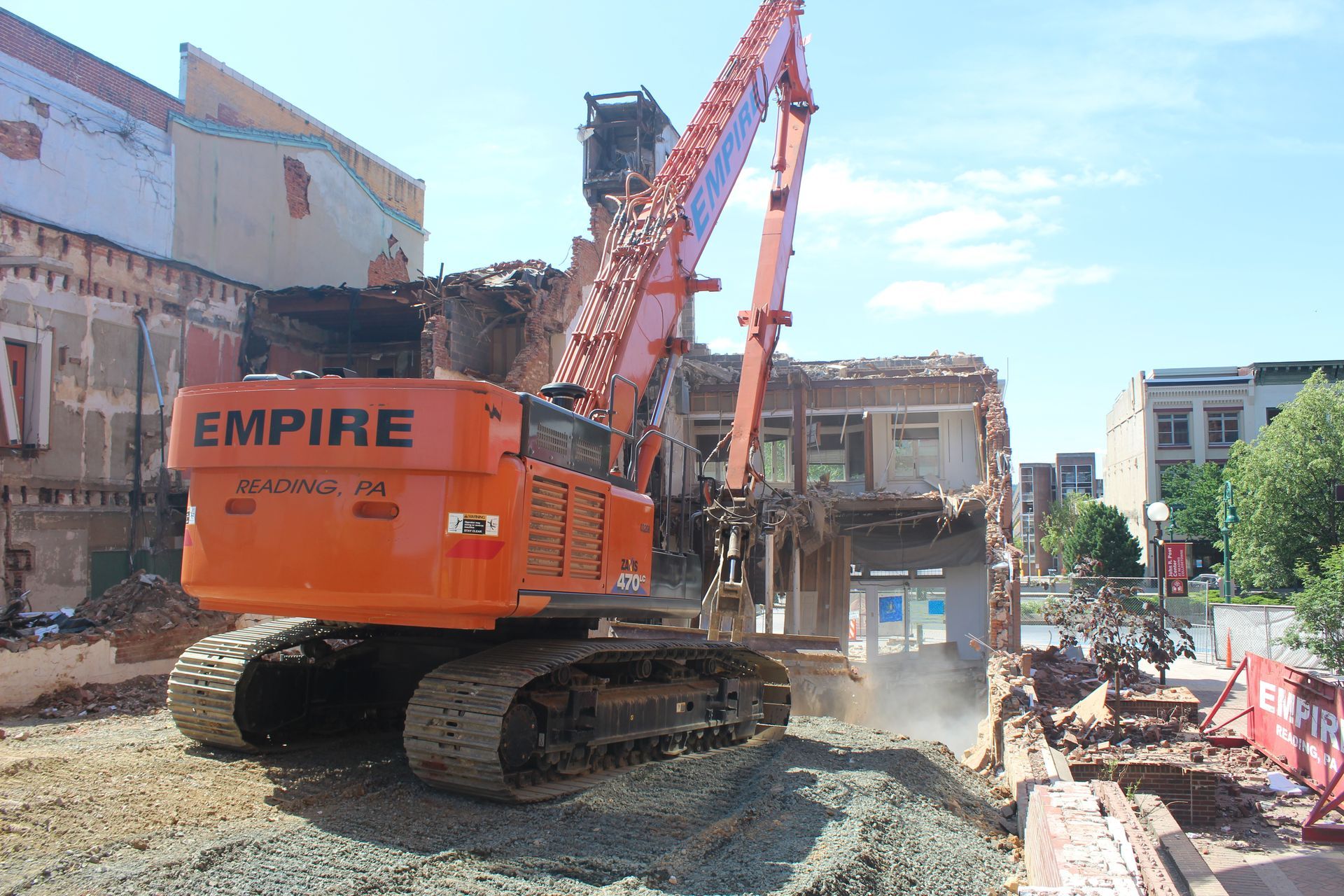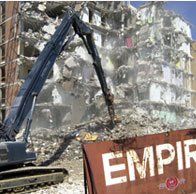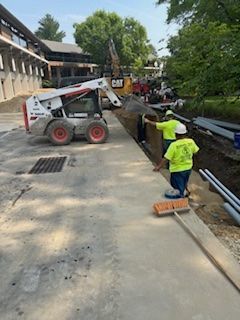LANCASTER GENERAL HOSPITAL NURSING DORM
AUGUST, 2008
NADC member Empire Wrecking knew the demolition job for Lancaster General Hospital they were undertaking wasn’t going to be an easy one. The general contractor presented them with a tough task: tear down a seven-story concrete building in just nine weeks. Demolishing the center-city building without closing any streets was a challenge. And most importantly, they could not interrupt business at the adjoining building, one of the busiest regional hospitals in southeastern Pennsylvania.
Tight quarters and a tight schedule were only two of the challenges Empire Wrecking, headquartered in Reading, Pa, faced when called on to demolish the seven story student residence for the School of Nursing. The demolition of the building was required to make way for a major expansion to the adjacent hospital. The reinforced concrete structure, originally built in 1967 to house over 200 student nurses, had 117 dormitory rooms and contained an auditorium, laboratories, classrooms, and a library.
L.F. Driscoll Construction in Philadelphia was the construction company and Warfel Construction of Lancaster, Pa was the general contractor on the project.
The $325,000 demolition job began with laborers dismantling the interior of the building. Ceiling tiles, carpets, counters, drywall, flooring -- it all went out to the trucks sitting on a neighboring parking lot.
Empire started out by completely gutting the inside of all landfill materials. There were in excess of 900 cubic yards of material removed. When done, there was a clean concrete building that could be taken to a clean site for dumping.
Prior to Empire starting to dismantle the adjoining dormitory building from the existing hospital (which was to remain) there had to be roof protection built and the windows covered on the adjoining glass corridor walls.
Empire could now begin the separation. Empire began this process by lifting, a skid loader, and a Brokk equipped with a hydraulic hammer on top of the roof with a 45-ton crane.
Starting on the roof, Empire began hammering concrete and burning steel rods floor by floor, averaging approximately one floor every day and a half. With operators and laborers working six to ten-hour days, Empire accomplished this in just two weeks. Due to the tight time restraints, demolition on the front half had to begin before the total separation was completed.
Empire chose to tackle this task with a 125-ton crane, equipped with a drop ball and a Hitachi 300 long stick demolition machine, equipped with a UP20 concrete pulverizer. The combination of the 8”-thick concrete floors and 75% of the interior walls being 10” concrete instead of the standard masonry and drywall, these two machines complimented each other well and proved to be the machinery of choice.
In addition to having to deal with the attached buildings, an active sewer line ran right through the building and had to remain functional at all times. The sewer line servicing the hospital and at only 2 ½' below the existing floor it had to stay; Empire crews had to work around that.
One of the main traffic arteries going through the city was within 15’ of the structure, so the crew had to handle traffic and flying debris as well.
Empire’s instructions were to not consider shutting down the street. On one side, there was the street to deal with. On the other side was a parking garage within 18’ which required plywood protection, and the all the roofs needed protection. It was a very tight situation limiting the equipment that could be used. Due to working in a residential area, there were two fire hoses spraying water at all times which kept the dust down and made the neighbors happy.
Once the building was on the ground, Empire had a two-story pile of concrete and time was running out. Empire assembled four track-hoes with hammers, pulverizers, and buckets. Trucks lined the street and the crews moved 4000 yards of tangled-up reinforced concrete in nine days.
The main challenge, however, was working right next to the busy hospital without disrupting their normal business. There was literally an eight-inch block wall separating the demolition area from the surgical area. The hospital remained in operation for the entire time of the project and only twice did we have to stop for an hour at a shot, because they were doing a procedure that required quiet.
To meet the tight nine-week deadline, the Empire Wrecking crew of laborers and equipment operators worked six days a week, 10 hour days. City regulations restricted the crews to working only until 7 pm and no Sunday hours.
After nine weeks, there was only an empty lot where the 46,000 sq. ft., seven-story nurses' residence stood. “We finished the job on time and on budget,” says Todd O’Neill, Vice President of Empire Wrecking. “The hospital stayed open, the street stayed open, and no one posed any problems or had any complaints.”
Thanks to the dedication and experience of the Empire employees, the job was finished not only on time but safely.
